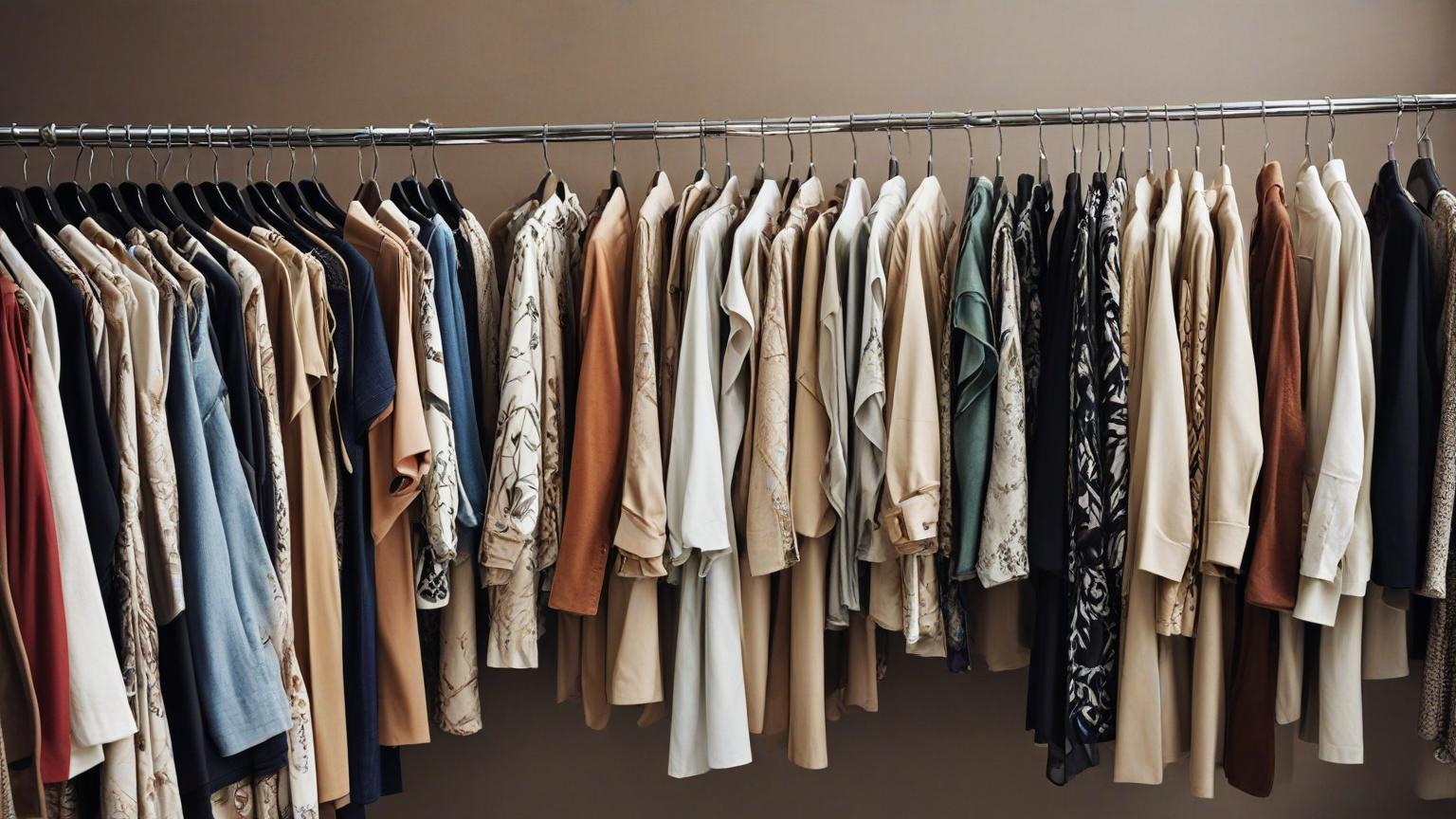The fashion industry is no stranger to evolution, with shifting trends and changing consumer demands shaping its ever-fluid landscape. However, the latest recalibration it is undergoing might be its most significant yet—and it's more than just a fleeting fad. Enter the booming second-hand luxury fashion market, a phenomenon reshaping the way we view, purchase, and treasure haute couture.
The traditional fashion cycle, with its rigid lines dividing the seasons and pushing for the latest and the freshest, is bending toward circularity. Today's fashion enthusiasts are equally enthralled by the vintage Dior as they are by the most recent Balenciaga hiking boots. This is not just about nostalgia or a pursuit of unique pieces; it's about sustainability, accessibility, and investment.
#### A Shift in Perspective
For decades, luxury was synonymous with newness. The pure joy of unboxing a brand-new Gucci handbag or the crisp scent of a freshly tailored Burberry trench coat was unparalleled. However, as consciousness regarding environmental issues and the fashion industry's massive carbon footprint grows, consumers are beginning to favor longevity, durability, and timeless craftsmanship over transient novelty.
An influx of online platforms devoted to resale—such as The RealReal, Vestiaire Collective, and Grailed—has transformed second-hand shopping from a niche market to a global industry worth billions. Shoppers are savvier—looking not just for style, but also assessing the lifecycle and resale potential of their purchases.
#### Sustainability: The New Luxury
For the environmentally conscious buyer, purchasing second-hand aligns with a desire to reduce waste and environmental impact. According to a study by the Ellen MacArthur Foundation, extending the life of a garment by an extra nine months can reduce its carbon, water, and waste footprints by around 20–30%. This statistic alone is driving many to rethink their shopping habits, gravitating toward high-quality pieces that stand the test of time.
Brands are taking note. Major players like Gucci and Burberry are launching their own in-house resale programs, recognizing both the ecological and economic potential of circular fashion. Moreover, the stigma once attached to buying 'used' is diminishing, with quality and rarity of items often taking precedence over their mileage.
#### Bargain or Investment?
While sustainability is a powerful motivator, the allure of a good bargain attracts many to the resale market. High-ticket items, particularly those that become iconic—think Hermès' Birkin or Chanel's classic flap bag—often retain, or even skyrocket in value over time. This transforms such purchases into assets rather than expenditures.
An entire subculture of collectors and investors is emerging around the concept of luxury fashion as a tangible investment that offers both aesthetic and financial returns. Trade shows and online auctions have popped up, reminiscent of art dealings, for fashion enthusiasts looking to diversify their portfolios in the most stylish of ways.
#### Accessibility and Affordability
For many, the secondary market serves as a gateway into the world of luxury fashion, making aspirational pieces accessible at a fraction of their retail prices. Young consumers, who may not have the disposable income to splurge on full-price luxury items, are increasingly turning to resale platforms to fulfill their sartorial desires.
This democratization of fashion enables a broader audience to engage with high-end brands, fostering brand loyalty and allowing them to slowly transition from buying pre-owned pieces to firsthand ones as their purchasing power grows.
#### Challenges and Opportunities
While the second-hand market presents numerous advantages, it is not without its challenges. The specter of counterfeits looms large, and ensuring authenticity is a hurdle that resale platforms must constantly navigate. However, technological advancements such as blockchain and AI are stepping in, offering innovative solutions to authenticate and track the provenance of luxury items.
For the fashion industry, this shift also demands a rethinking of business models. As consumers embrace the ethos of 'buy less, buy better,' fashion houses are tasked with creating products that can stand the test of time both in quality and style.
Ultimately, the second-hand luxury market is not just a trend—it's a reflection of a broader societal shift toward sustainability, conscious consumption, and value-driven buying. Its rise points to a future where the lines between new and old, past and present, blur—a time when fashion serves not just to clothe, but to sustain, narrate, and inspire.
From runway to resale: the booming market of second-hand luxury fashion

